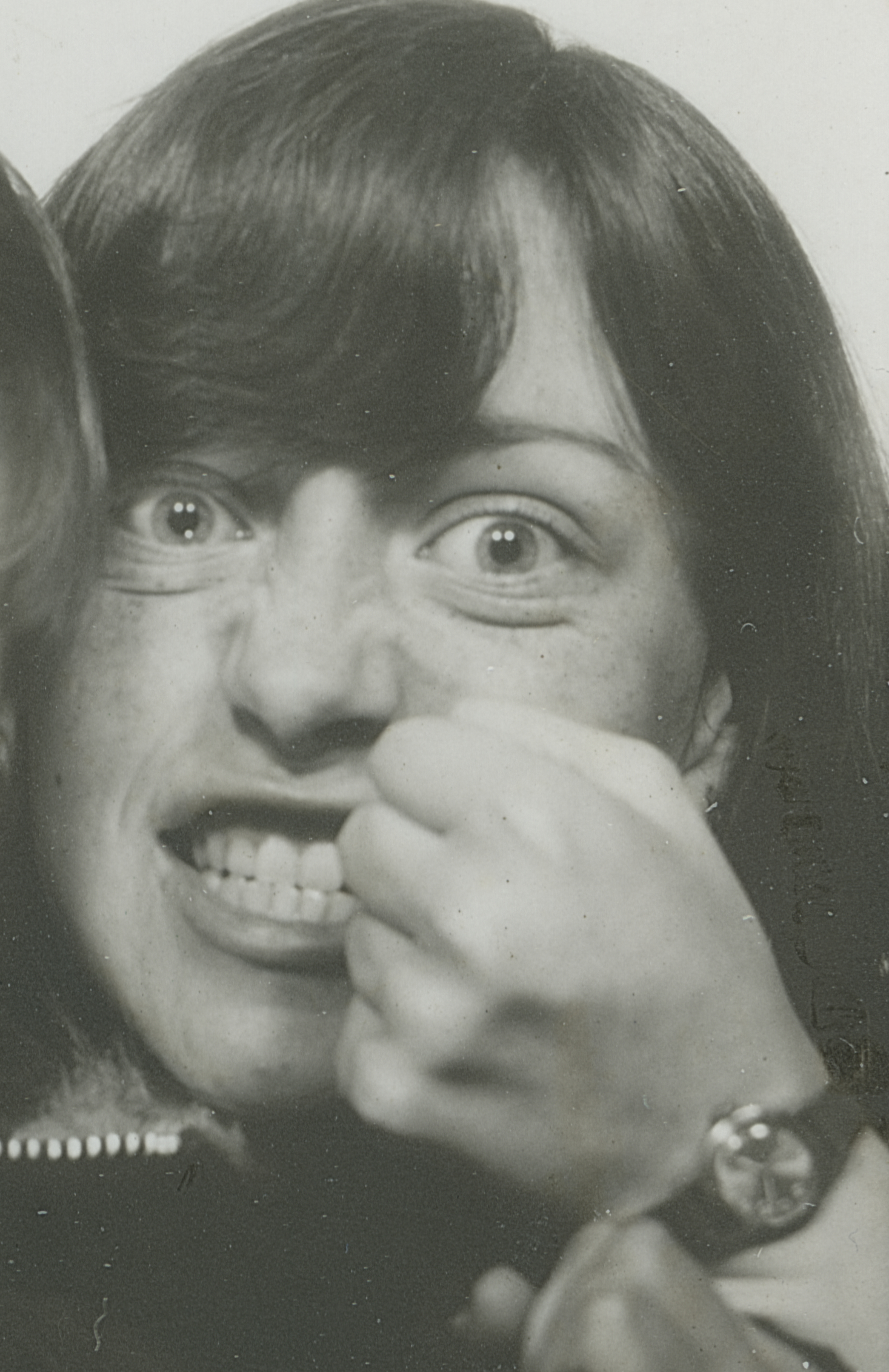I’m at the third layer of my autobiographical photographic trifle-making with respect to maternal abandonment. One module was consumed with trying to approach the loss of a mother through the eyes of a young child, using metaphor, light and fragments of my father’s writing.
The second, with Becomings, sought to explore a fractured sense of identity and to create visual oscillations between myself and my son. Here, the creation of wombs of light, a nod to the extraordinary work on motherhood by Ana Casas Broda, became central to framing the ‘performances’ contained within.
And now, towards my ‘Other Mothers’, an altogether more hopeful piece of work to be making.
The immensely pleasurable task of distilling the raw materials (slides, negatives and photographs) is providing temporal space in which to mull visual strategy.
To root it to the previous work, I am considering the inclusion of string within whatever form the eventual pieces take, a continuation of the play of the previous trifle layer, and a reference to both Carol Mavor’s vital insights into the work thus far and of course DW Winnicott.
I think the natural home for my photographic practice is social documentary work. It is the point to which my compass most easily returns. For my MA work however, I’ve been forced by circumstance and/or subject matter off my true north towards other ways of working.

Being out of my comfort zone has, I believe, been hugely beneficial towards expanding my practice competency. I now feel more comfortable with experimentation and being receptive to previously unthinkable visual strategies.
It has also made me more sensitive to the possibilities of adoption and adaptation when viewing the strategies of others and how they might inform my own approaches.
Such is the case with the work of Paul Sepuya, whose work I plan to riff with this term.
But there are others too, suggested by my course tutor Colin, whose works are likely to form a sounding board to my own.

Jo Spence will once again be important, and Colin has suggested I look at the written works of Annette Kuhn and the photographic projects of Caroline Furneaux and Maria Kapajeva.
I love the playfulness of Furneaux’s work on the images she discovered of her father’s (pre-Furneaux) girlfriends (in Mothers I might have Had). Of course my other mothers are not wistful imaginations of what might have been, they were vital anchors in the partial alleviation of early trauma, so her approach may not suit my own project. Of course, knowing that, or deciding that and knowing why, is often as useful as knowing what one will do!
And it takes me back to the vital question of what is it I am doing – and what do I want it to do? A module mission statement, if I may.
Other Mothers is a turning point in my work away from the harm caused my as a young child and towards those who, along with my father, saved me from an emotional void. These women were, in a very literal sense, saviours. My saviours.
And I’ve not really thought about them in those terms before considering putting together this work. I hope the end result will reach out beyond my own story and touch others. I hope it will surface acknowledgement of the many other ‘saviours’ in our lives.
This will form a key part in my overall Brave Faces book project. But I believe, done right, and the reaching out nature of this work, that it could also face the white walls of a gallery.
References:
Arnolfini. (n.d.). Jo Spence : From Fairy Tales to Phototherapy | Photographs from the Hyman Collection. [online] Available at: https://arnolfini.org.uk/whatson/jo-spence/ [Accessed 31 Jan. 2021].
Caroline Furneaux. (n.d.). / The Mothers I Might Have Had. [online] Available at: http://www.carolinefurneaux.com/-the-mothers-i-might-have-had [Accessed 31 Jan. 2021].
Mavor, C. (2007). Reading Boyishly : Roland Barthes, J.M. Barrie, Jacques Henri Lartigue, Marcel Proust, and D.W. Winnicott. Durham, N.J.: Duke University Press.
Winnicott, D.W. (2012). Playing and Reality. Hoboken: Taylor And Francis.





One thought on “ Keep it Simple, Stupid ”